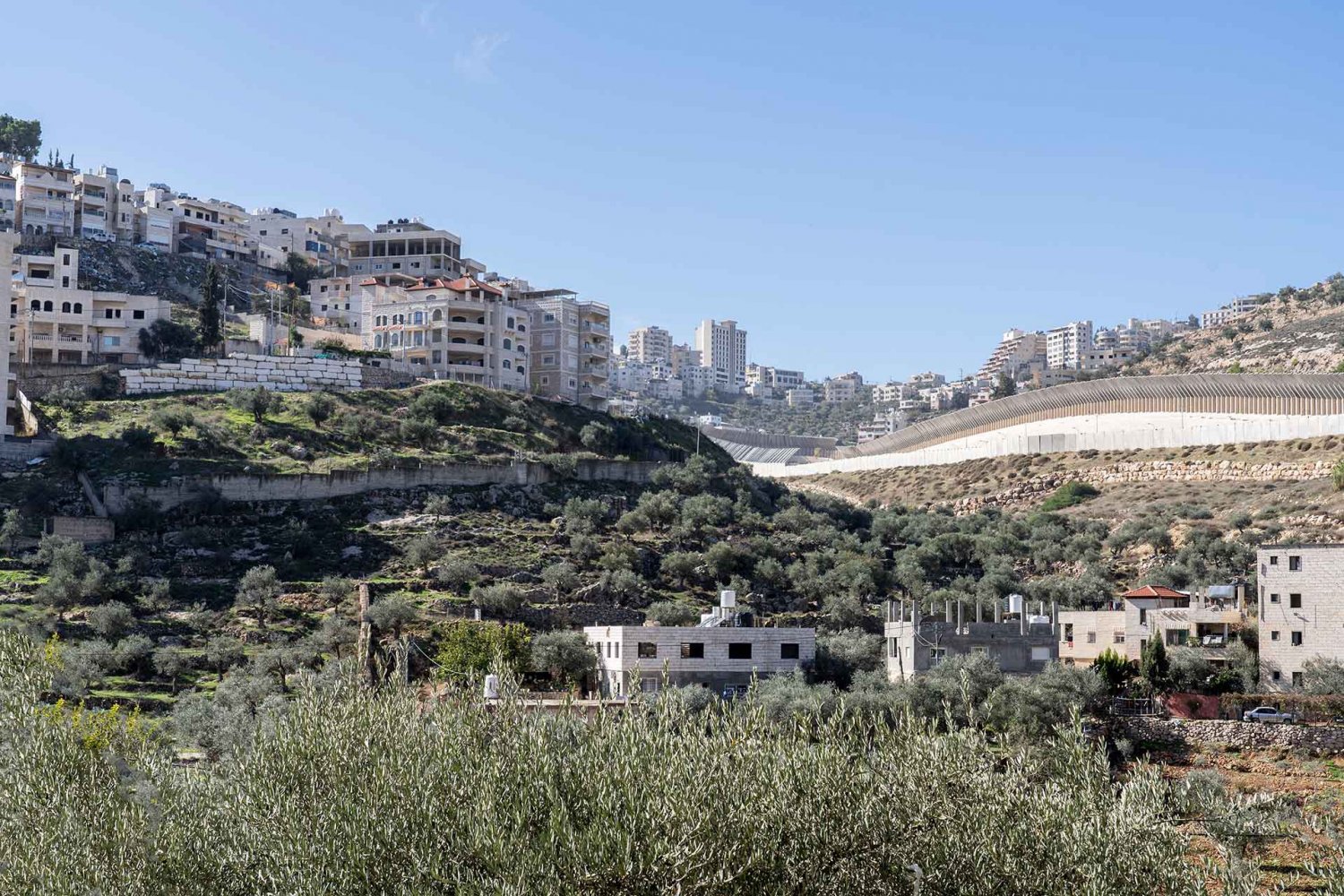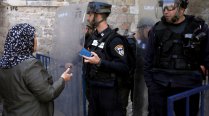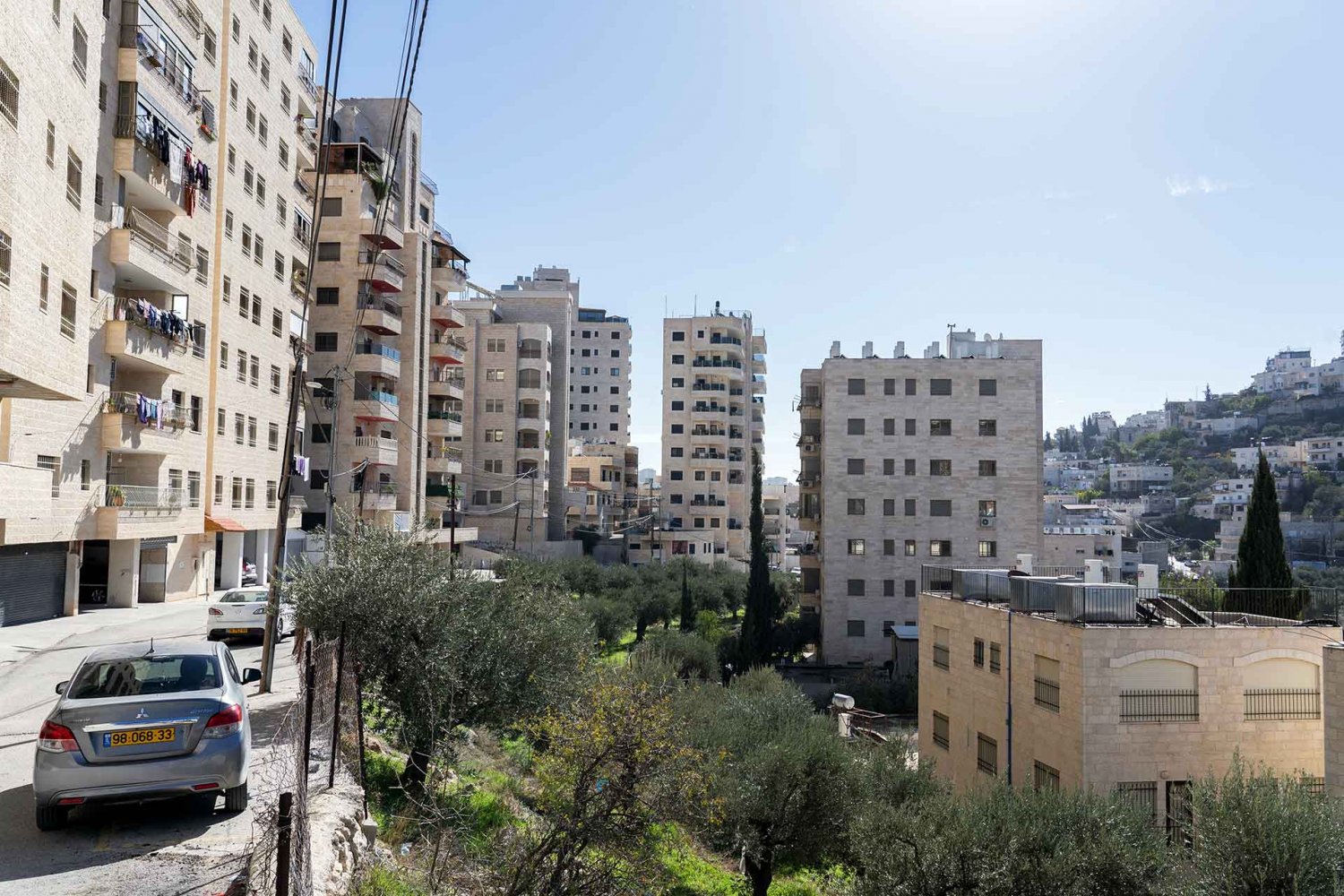Ibrahim, 35, is a Palestinian residing in Bir ‘Awna.1 “I will not share any personal information,” he said at the start of the interview with Jerusalem Story. “I will only share stories about the neighborhood.”
Palestinian Jerusalemites live in a constant state of fear of having their permanent-resident status revoked by Israeli authorities, or of being arrested for criminal charges for sharing certain information.
Unmarried, Ibrahim has been living with his family in Bir 'Awna since 2000. Prior to that, the family had been living in another Palestinian neighborhood, Beit Jala, in the occupied West Bank. Nowadays, five adults and two minors live in the 220 square meter home. The family moved to Bir ‘Awna because it was absorbed into the Israeli Jerusalem Municipality with Israel’s expansion of the city’s boundaries; hence, they could prove that their “center of life” is Jerusalem, and because rent is relatively cheaper than in other neighborhoods within the Jerusalem municipal boundaries. While the average monthly rent in neighborhoods inside the city’s municipal boundaries generally ranges between $1,200 and $1,500 (despite recent hikes in cost), rent in Bir ‘Awna is still relatively cheaper, falling between $700 and $1,000.2



